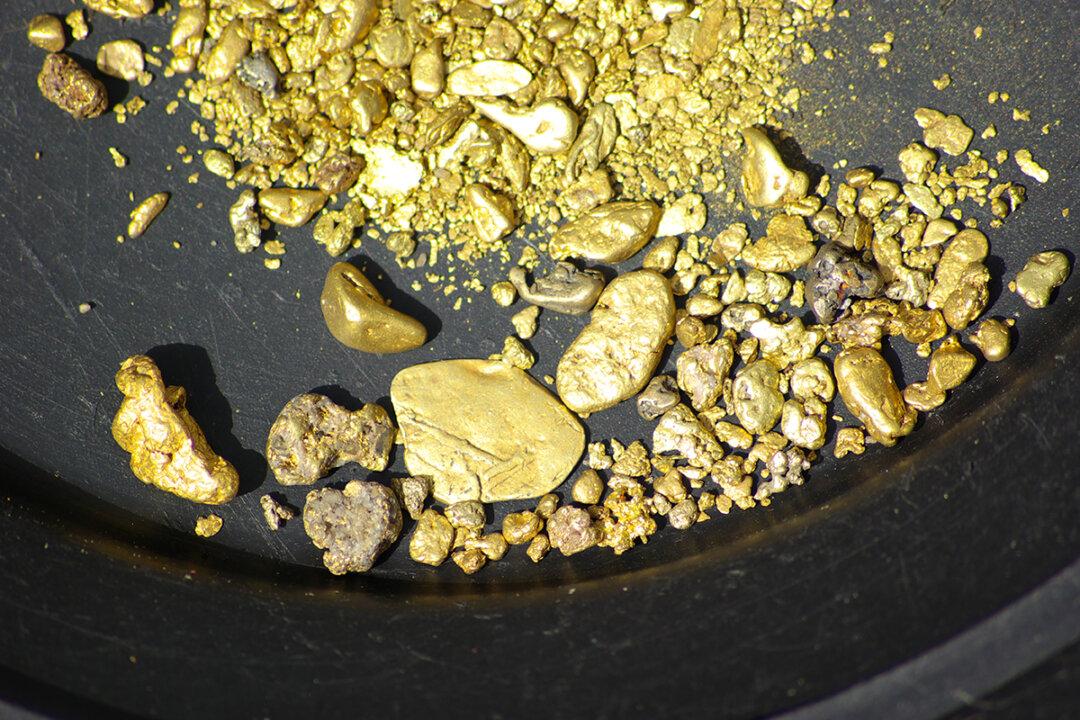Commentary
According to the Austrian Business Cycle Theory, an artificial increase in the money supply via central bank expansionary monetary policy lowers the market interest rate. This, in turn, causes the market interest rate to deviate from the natural rate, determined by the market. Consequently, this leads to the boom-bust cycle. Understanding this, on the gold standard, where money is gold—and assuming that there is no central bank—an increase in the supply of gold will also result in the lowering of the market interest rates.





